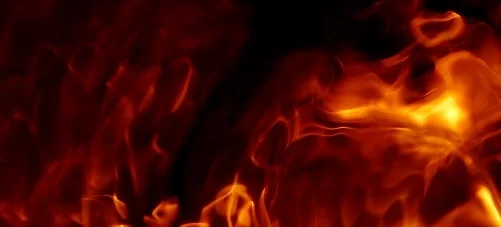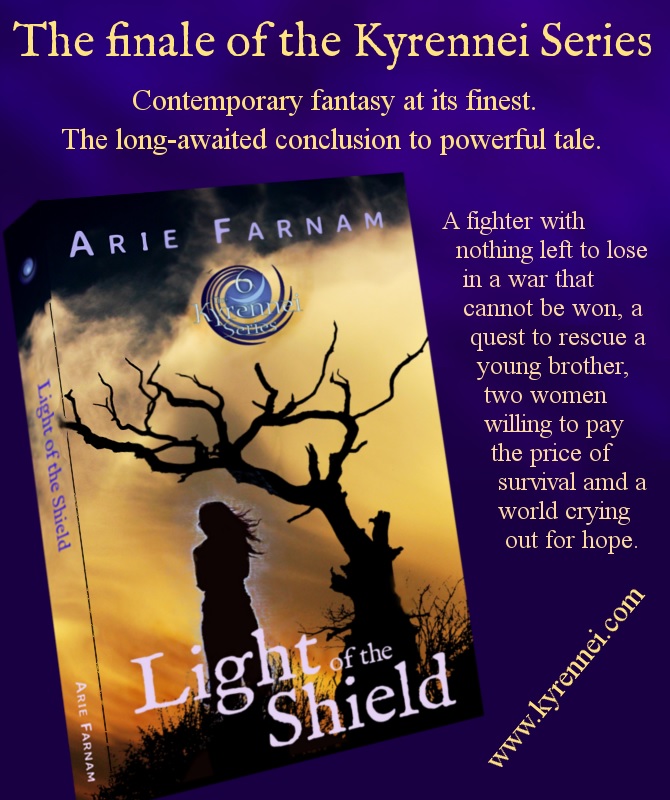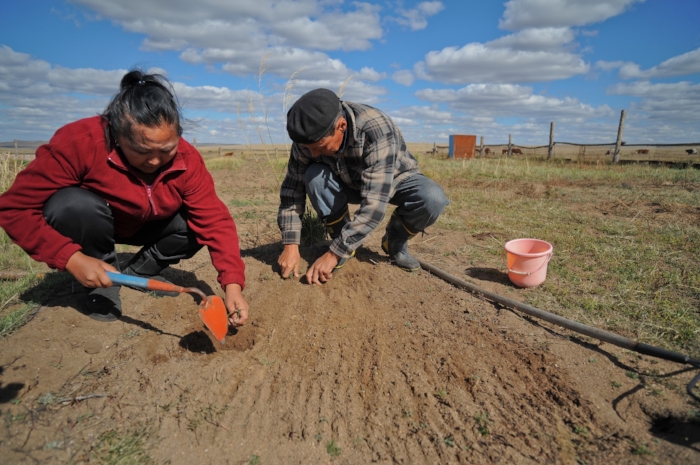Hope and peril at the dawn of a new epoch
/Oh, the voice of Yolanda Adams singing Hallelujah!
My throat swelled and tears brimmed in the corners of my eyes. Yes, my lady, it has been a long, long night and that first pale light has come at last!
I had an extra reason to be choked up. The day of the inauguration was also the day my son started his new school. It’s still online, but it is functional. There are explanations. active teaching, smiles, help for those who struggle and clear goals—none of which were prevalent at his previous school. There is also a reasoned amount of work that he can finish without exhaustion, despair and tears.
Image via Pixabay
In mid-December our local schools opened for ten days and the bullying problem that had been growing in June roared back with a vengeance. I don’t know if it was just that the bullies were suffering from pent-up energy due to successive lockdowns or if it was because all the sports and after school clubs are still closed, but it was worse than ever before.
There were daily attacks. One day, a boy tricked my son into letting him “see” his phone and then he whacked it repeatedly against a tree, smashing it beyond all hope of repair. Four older boys lifted my son off the ground and slammed him down on his back, leaving bruises. Others threw rocks at him as he escaped on his bike. That was just one day.
He’s the only person of color in his school and he’s a softy—a kid who wouldn’t tell me about any of this because he hates confrontation more than anything.
But I found out from friends, and it turned out that a teacher had seen some of it, so I got my son’s permission to try to find out which teacher it was. The principal refused to let me seek out the teacher though, saying, “This was ten meters off school property. It is none of our concern.”
So yeah, I was researching schools after that.
It took weeks. I can’t drive and there is no other school within transportation range. There’s no specific bussing for schools here. And the US online public schools require physical presence in the right time zones. I searched and I searched and I searched.
For weeks on end, I ran across block after block, even with online schools. I’d think I had found a solution only to find out that it required documents I don’t have or cost more than my family’s entire monthly income. We had to have an actual online accredited school because getting approval for homeschooling in the Czech Republic is a bureaucratic nightmare of at least twelve months before you can start—and that’s IF you get approved.
Finally, I found a theoretical possibility and then I had to see if it would actually pass muster with Czech educational and social service authorities. A few days of nail biting, and it is looking good, so I yanked my son out of the endless drone of mandatory make-work without waiting for the end of the semester (or even the end of the day), and started the new program immediately.
He was watching his final required session from the old school while I worked out in front of the news. That’s when I heard Adams and I felt my spirit lift. Oh my, but there are moments that speak to the soul of a nation!
Then, I got my son set up on his first math class in the new school. The lesson was on place value, something he has always struggled with—despite knowing how to do most arithmetic. “Ah well, might as well start off with a bang,” I thought, and I hopped in the shower.
As I stepped out of the shower a few minutes later, I heard a sound even sweeter than Adam’s voice. (OK, possibly a mother might be biased.) My son yelled, “Oh, cool!”
Photo by Arie Farnam
In math class!
Over a place value lesson!
He wanted to show me, still dripping in a towel. “Mama, they explain it so much better!” In the evening, he did extra math problems “for fun,” because he was so elated to have finally conquered something that had plagued him for years.
That was his first class free from four years of tyranny.
Yup, dawn is breaking.
OK, even if you loved Yolanda Adams, you might find me a bit overly optimistic here. Surely, no one can stay excited about fourth grade math for long and the feeling of fresh air in politics isn’t likely to last much longer. Joe Biden isn’t exactly a progressive dreamboat and my son’s school science curriculum on climate and weather doesn’t even mention climate change. Their “social-emotional” course is so fake (not to mention weirdly cult-like) that we had to opt out.
And beyond that, the reasons so many Americans supported an egotistical, racist maniac remain and his supporters are still out there festering—and in some cases plotting violence and hate crimes. The bullies who found school such a convenient place to take out their frustrations on my son are still out in the parks and playgrounds, and they are particularly bored during Covid restrictions.
All is not perfect.
But gods, there is nothing like a few years of things being really bad to make one appreciate the imperfect and the halfway decent.
A few days later…
A lot of people in America are mulling the opportunities—and the perils—we now face. It isn’t that we’ve come down from the glorious hope of dawn after a long night. We’ve been thinking and talking about these things all along, but now is the time we need to really take a hard look.
My focus is on progressives and more broadly people who support the Democrats, because that’s who is in my circles, who I relate to, and the ball is now in our court.
So, here are the opportunities I see before us:
Democrats in the federal government can now make policy. President Biden has begun it already. His initial moves about climate mitigation, immigration and Covid relief may have been partly a ploy to win the hearts of progressives, since he already got their fear-based ballots. But they were also much needed and they set a good tone.
Those of us who value fairer voting systems, science-based public policy and education, fact-based discourse, compassion and empathy in society, broad inclusion, protection of the vulnerable, economic justice, equitable treatment for all, and the centering of marginalized voices have a chance to be heard in the current political and media climate. For at least some weeks and maybe even a couple of years, we have an opportunity to decide what concise and clear message we want large portions of the country to hear, because the media is primed for it and there is a theoretical way for political leaders to hear it.
There are some who once supported Trump, who are disillusioned and are open to having civil conversation and possibly even changing their minds about a few things. OK, I make no claim to knowing how many of these there are, but I’ve seen some of them personally and seen evidence of more. Yes, some will hunker down and dig in, nursing hate and resentment. Some will just tune out and zone out. But some are open now. And IF they meet progressives who are kind, compassionate, open-minded, utterly factual, balanced and clear—some will change.
As vaccines proliferate and the economy rebuilds, we have the opportunity of rebuilding in our lives and communities. And with that will come opportunities for healing. I think there will be a lot of scars from the traumas of the past several years, but healing is still healing, even when it leaves scars.
But as crucial to our consideration—if not more so—are the perils we are walking right straight into:
We are pretty well aware that there is a danger that Biden and other mainline Democrats could squander the opportunities of this moment and either make deals where they give away the farm for a pittance or they could simply drift to the right over the next few months. This is something most progressives are pretty aware of and it appears from Biden’s early actions that he is aware we’re aware. It simply bears mention that vigilance will be necessary.
Similarly, many of us are aware that Trump supporters, neo-Nazis, white supremacists and climate deniers are still out there. While some of them are disheartened and likely to zone out on beer, football and consumerism, many are stewing in their resentment and hate. If we don’t deal with the reasons why people turn to hate and conspiracy theories, as well as the reasons why people become so extreme that they are willing to participate in or tacitly support violence, this is going to come back to bite us—and very likely sooner rather than later. Some of the next few issues may exacerbate this one if those go unchecked.
Much less discussed are the reactions to the coup attempt that could come back to haunt us even without the help of Trump supporters. The social media crackdown on Trump, his supporters and Covid-deniers in general is on a slippery slope.. I know. I get it. The rhetoric WAS harmful and it was also a serious source of stress in our lives. And as far as direct harm goes, social media companies are justified in banning repeat offenders. But banning a whole topic of discussion or some statements about scientific topics should be taken very seriously. Just because we are sure we understand what scientists are saying about Covid right at the moment doesn’t mean science doesn’t develop. Both in social media and in our off-line circles, we risk much by closing our minds to new information, contrary perspectives and questioning of authority.
The ACLU has blown the whistle on policy discussions about how to further crack down on the right to protest and lift surveillance and privacy protections in order to combat right-wing extremism and domestic terrorism from white supremacists. And with good reason. I am NOT supporting neo-Nazis in any way and neither is the ACLU. But the fact is that the US government has all the policy and legal tools it needed to stop the attack on the Capitol. It just chose not to use them because the attackers were white and conservative. Any new policies in this area won’t just impact those groups. They will be general policies against public protest and against people outside the mainstream organizing. The next administration may well take those policies and use them against us. This goes back to the Geneva Convention. Whatever you do, remember that it can and will be done to you.
Similarly, the so-called “liberal media” isn’t all that liberal on a lot of issues, but there have been a couple moments, especially around Covid, where journalists have been stepping out of objectivity and openly (as well is covertly) pushing a particular agenda. It’s all in the name of “supporting science,” but there was at least one time this past year when science didn’t support that agenda and the more progressive-friendly media actually did what Trump and his supporters accused them of doing. They bulldozed right through, using the words of scientists out of context and linking “children and super-spreaders” together again and again, despite the fact that even the most alarming studies of the pandemic show that children have a 0.5 spread ratio. By contrast, the flu has 1.2 and Covid among adults has more than 2.5. That 0.5 spread ratio is actually very low. When scientists said children CAN spread Covid, they meant just that. It is possible, though not likely. They did not mean that schools are super spreader hotbeds which should be closed while the real hotbeds, like meat packing plants, remain open. Keeping schools closed (and countless low-income parents out of work as a result) hurt the real small-people economy far more than closing certain types of workplaces, shuttering shopping beyond food and medicine and turning vegetarian for a while would have. But mostly schools have been the first to go and the last to reopen, due in no small part to the “children and super-spreaders” media ploy. Women, who bore the brunt of the home-teaching policy, were 40 percent more likely to have to give up their jobs due to Covid than men, and equity experts say women’s economic equality has been set back by decades. If this was truly the best way to fight Covid, the sacrifice may have been better accepted, but it wasn’t. In situations like this, we are at peril of using “supporting science” as a slogan without remembering that to support science means adopting a total openness to change your mind based on the evidence at hand, even if it means changing tack a few months into a crisis once the numbers are in.
When any group is on a roll, there is a danger of confirmation bias. We have been clamoring for a return to facts for years now, and rightly so. But now that we have the ability to spread messages and make waves, we must be extra vigilant about our own truthfulness. Some of those who spread that factually flimsy “children and super-spreaders” slogan, admitted privately that it was “an exaggeration” but justified it by saying that too many people were bucking desperately needed public-health measures—like masks and social distancing—and anything that helped scare people into compliance was justified. But here’s the rub. Eventually, a lot of people will see through an exaggeration. And many will lose trust in media outlets, in all public health advice and in science-based policy in general. Public trust is severely shaken right now. In many places, even those who were initially very compliant with Covid restrictions are now flaunting them at a time when the pandemic is at its worst, not because of exhaustion but because they have come to assume restrictions are overstated and that officials who publicly tout them will privately flaunt them. It happened. The only way to win trust back in public discourse is through extreme truthfulness that is willing to admit mistakes, explain nuance and trust that MOST people will not be idiots when something like public health advice is carefully balanced. Check the facts before you repeat what you’ve heard, don’t exaggerate and admit mistakes. The next pandemic could easily be worse. The trust and voluntary compliance of vast numbers of people is the best defense.
Finally, we face peril within the progressive movement itself from the demon of division and judgement. Our patience has been strained in so many ways and it shows. I’ve witnessed firsthand several (and heard of many more) examples of close friendships and family relationships broken up, not just because of the Trump versus Democrat divide, but also because of micro-differences among progressives. You think racial justice is more important than justice for LGBTQ+ people! Relationship cut. You think poor, white disabled people are underprivileged in any way comparable to black people! Not speaking anymore. You cite stats that school closures have exacerbated wealth and race inequality and have caused a surge in youth suicide instead of holding to the line that all costs are worth even one life saved from Covid! You’re worse than a Trumper! It sounds silly in black and white, but these are real divides, real relationships ruptured and deep rifts in a movement that has a tenuous chance to make some progress.
I am not a leader of anything. And I’m rather glad of that at the moment. This is a rugged time to be a progressive leader or even a Democratic elected official. There is a lot of pressure, some opportunities crying not to be missed and a whole lot of pitfalls. I’m just a scribe pointing them out.
Here’s a poem to close with.
Divide and conquer
“We find our strength in open minds.
Always did. But always will?
We could stand side by side on the line,
Democrat and progressive, leftist and anarchist.
How many times did we hammer out agreements
In late night meetings with bleary eyes?
And yet when it came to the poll booth,
Our strength became our weakness.
Spoilers and small factions kept us down,
Against the rah rah juggernaut.
If the pulpit said it, they voted it.
End of story. End of our hopes.
Yet the few times we tried the strong arm,
It was terrible, much too bad to think on.
So, we say our strength is in open minds.
Today the tables have turned somewhat.
For once the juggernaut has been shaken.
Is there a line of insurrection some won’t cross?
Evangelicals in bed with old-style conservatives
And Nazis riding their coattails.
We might be able to use this,
Break the juggernaut, divide and conquer.
But our strength is in open minds.
If we take up their old tools of forced unity,
The half-truths and pressure tactics,
We might get victory and still lose everything
That mattered to us at the core.
If we divide from our body those who disagree,
Or cut away the wild ones and the rebels,
We will one day find that this more than anything
Was what made us who we are.
Our strength is ever in open minds.”
























